The surest way to avoid gluten at home is to keep the whole kitchen gluten-free.
People with celiac disease may react to as little gluten as 20 parts per million or even less if super-sensitive.
Unfortunately, 30% of individuals with celiac disease continue to have signs and symptoms after a year following a gluten-free diet according to a 2020 review published in Nutrients, with the most likely cause being gluten exposure.
Controlling celiac disease with a gluten-free diet is crucial, not only to manage symptoms, but also to reduce complication risks, such as lymphoma, osteoporosis, anemia, and other autoimmune diseases.
Thankfully, keeping a gluten-free kitchen is an easier sell than ever before because of:
- Growing celiac disease and gluten-free diet awareness
- Labeling standards for gluten-free products
- Increasing in-store and online access to gluten-free products
- Improving gluten-free product taste, mouthfeel, and flavor (especially compared to the dry rice bread bricks I ate in 2000--blech!)
But even if family or roommates do not agree to keep a gluten-free kitchen, you and your housemates can still decrease the risk of gluten contamination in a mixed-use kitchen by avoiding these 10 common mistakes, gathered from my own experience with clients and from Celiac Disease experts out of Nutrients.
10 Gluten-Free Kitchen Mistakes and What to Do Instead:
1. “Double-dipping” in butter or condiments.
Placing a knife in the condiment jar, spreading it on gluten-containing bread, and then going back for more could leave bread crumbs behind.
Instead: Purchase an extra jar and label it for exclusively gluten-free use if this is a difficult adjustment for your family or housemates.
2. Toasting gluten-free and wheat, white, or rye bread with the same toaster.
Toasters have lots of contact with gluten-containing bread and are tricky to clean.
Instead: Purchase an exclusively gluten-free toaster. If you don’t have a gluten-free separate toaster, skip the toast and warm it up another way.
3. Slicing and serving gluten-free and gluten-containing items with the same dishes, cutting boards, and utensils.
It is easy to transfer gluten when everything is processed and served together.
Instead: Use disposable utensils and plates for gluten-containing foods to avoid confusion and reduce cross-contamination from the dishwasher. Alternatively, if you are the only one who is gluten-free with several housemates who are not, keep disposable utensils and plates for gluten-free items and have a few designated hand-wash gluten-free dishes and utensils in a different color stored separately.
4. Ignoring kitchen contamination when you’re traveling.
Traveling may just be the worst time for contamination symptoms, such as headaches, fatigue, and diarrhea. As inconvenient as it is to have to think about contamination in the vacation rental kitchen, you cannot ignore it if you have celiac disease and want to enjoy your travels.
Instead: Purchase and bring a small set of key gluten-free kitchen items with you. You can find simple mess kits and camping cookware online for $20-50 (and bonus--you’ll be prepared for camping!). You can also use disposables from a local grocery store at your destination if you prefer to travel light.
5. Cooking gluten-free and gluten-containing foods in large appliances without cleaning in between.
A messy oven or oven accessory like a pizza stone can easily transfer gluten.
Instead: It isn’t practical for most to have duplicate large appliances, so the best option is to clean them thoroughly in between uses. If you DO have double ovens designating one as exclusively gluten-free is a good option.
6. Preparing both gluten-free and regular items with the same countertop appliances.
Countertop appliances besides toasters can also be tricky to clean and could pass on contamination.
Instead: Designate strategic countertop appliances as gluten-free, and buy duplicates if necessary. Pressure cookers, toaster ovens, fryers, blenders, or air fryers can also help add separation without duplicating larger appliances. For example, a designated gluten-free toaster oven or air-fryer can allow you to prepare gluten-free foods with less contamination risk than reusing the oven without cleaning in between.
7. Using the same sponge or dish brush for everything.
A brush, cloth, or sponge used for both gluten-containing and gluten-free foods can distribute gluten.
Instead: Color-coding items like scrub brushes may help your family avoid scrubbing a gluten-filled cake pan and then washing your favorite mug with the same sponge. If you use a sponge, replace it frequently--not just because of gluten--but because of food safety. Check out more sponge food safety tips from Dietitian Ester Ellis at Eatright.org.
8. Draining traditional pasta into a sink full of designated gluten-free dishes.
This can be a hard-to-recognize source of contamination if your housemates love pasta or noodles.
Instead: Clean gluten-free dishes immediately and do not let them stay in the sink. Also, consider investing in pasta pots to avoid overcooked pasta when the sink is a mess at the moment the pasta is al dente. With a pasta pot, you strain the noodles over the pot and can discard the pasta water after doing the dishes.
9. Ignoring a dirty dishwasher.
Dirty dishwashers distribute all kinds of food particles including gluten over all the “clean” dishes.
Instead: Clean the dishwasher. If possible keep it gluten-free by using disposable items for gluten-containing foods or handwashing gluten-containing items with designated dishwashing supplies.
10. Your dishes or pans are cracked, scratched, and scraped.
Scrapes, cracks, and scratches can shelter both microbes and gluten remnants.
Instead: Whether you have celiac disease or not, replace these as a best practice of food safety.
- Penny, H. A., Baggus, E. M. R., Rej, A., Snowden, J. A., & Sanders, D. S. (2020). Non-Responsive Coeliac Disease: A Comprehensive Review from the NHS England National Centre for Refractory Coeliac Disease. Nutrients, 12(1), 216.
- Leonard, M. M., Cureton, P., & Fasano, A. (2017). Indications and Use of the Gluten Contamination Elimination Diet for Patients with Non-Responsive Celiac Disease. Nutrients, 9(10), 1129.
- Ellis, E. (2020, October 23). Are your kitchen surfaces and sponges really clean? EatRight.org. Retrieved February 13, 2023.



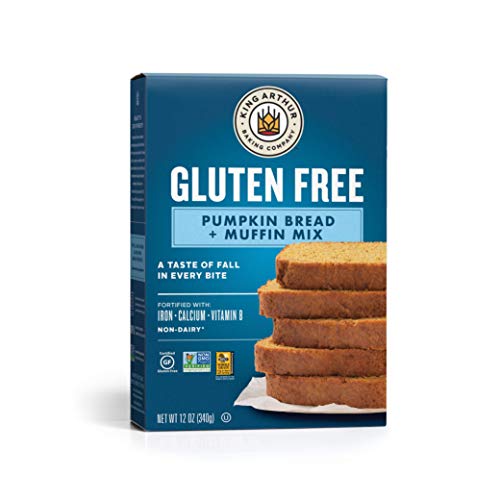
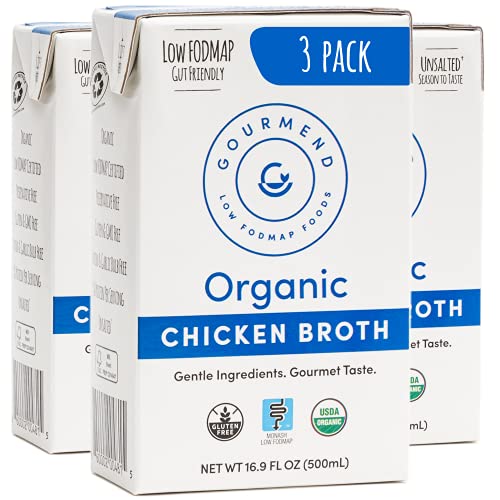
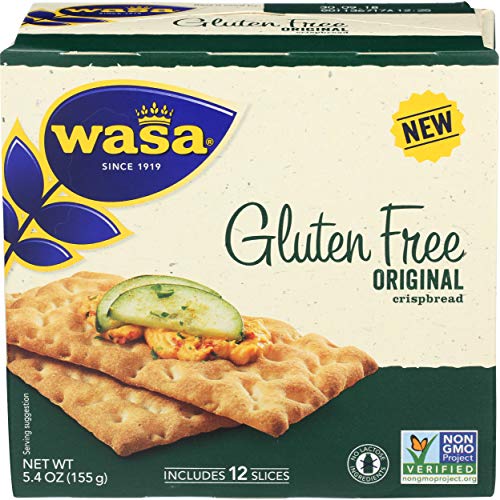






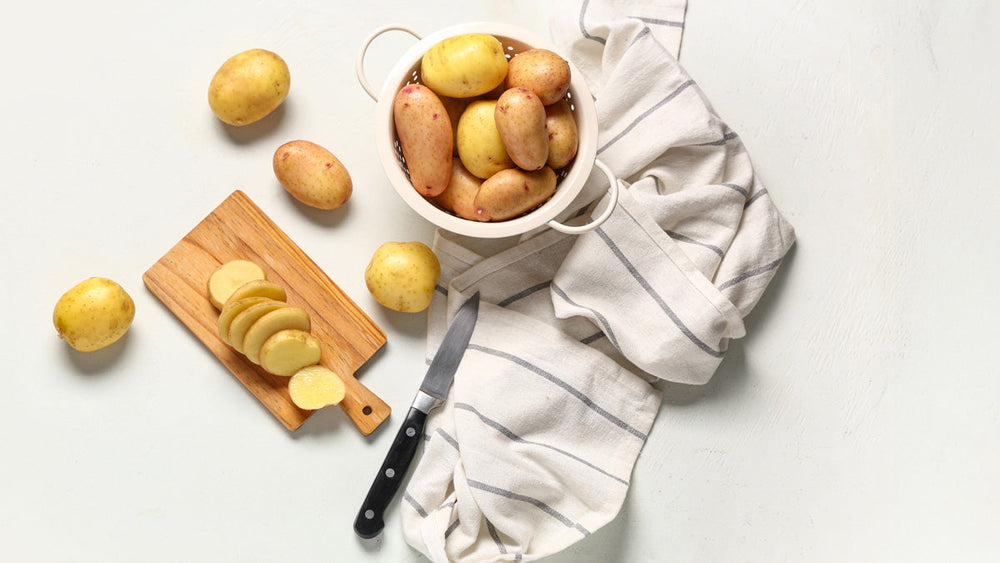



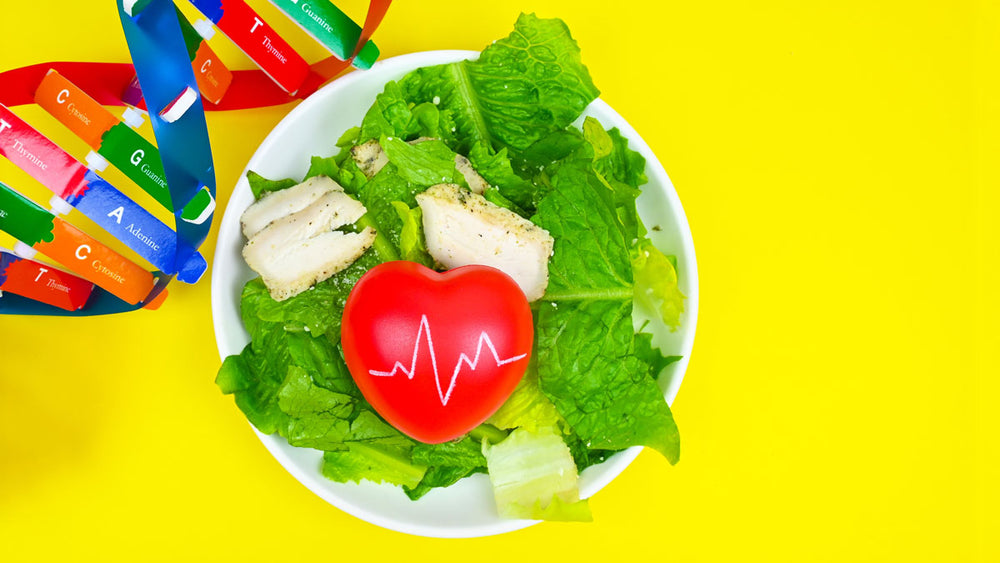

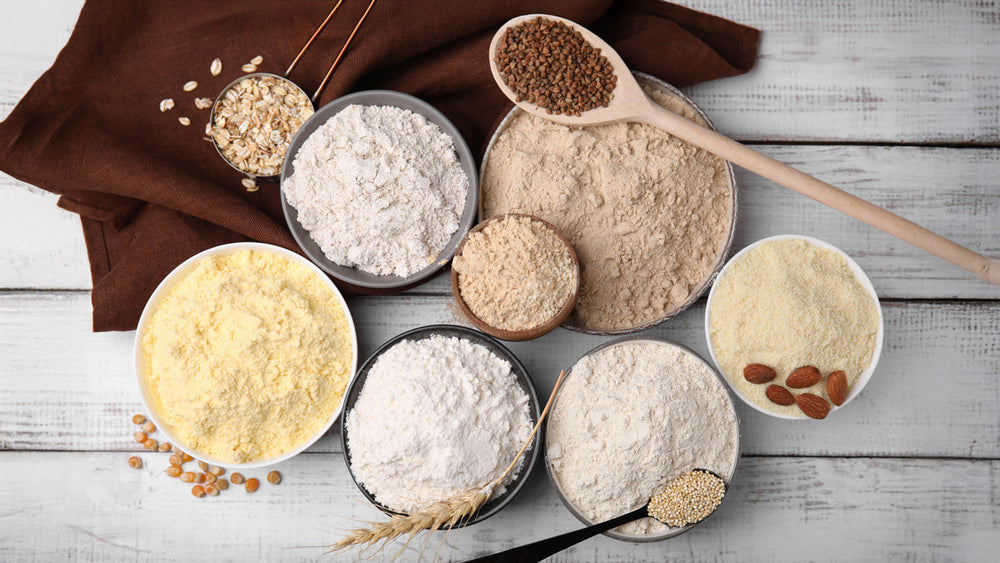


Comments
Join The Conversation...